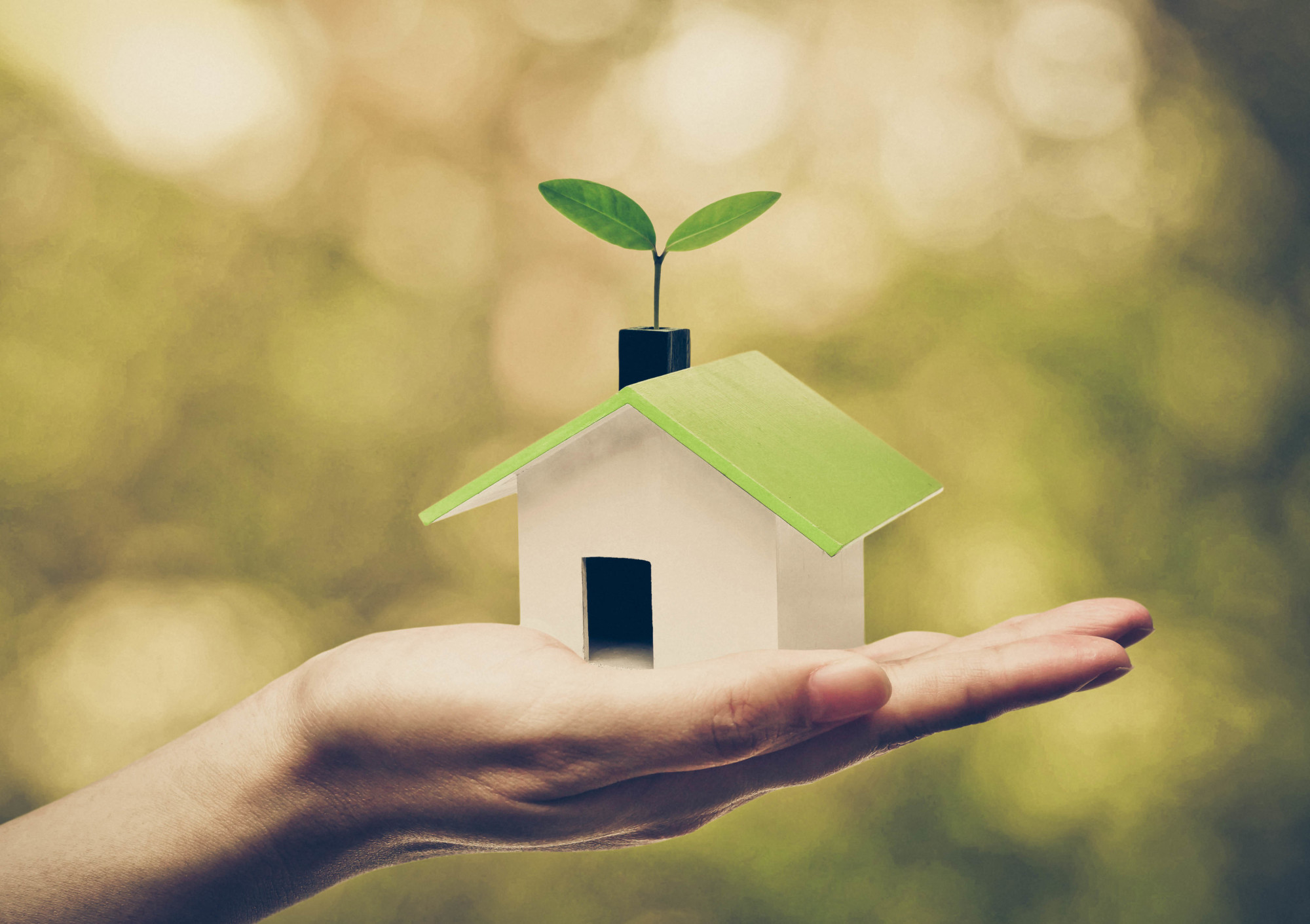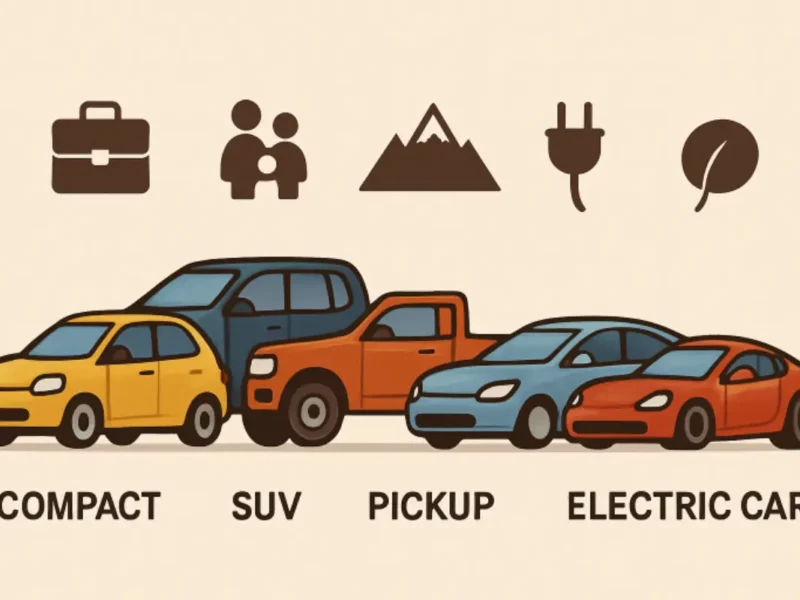Doesn’t it feel good to help protect the environment? The COVID-19 pandemic has provided an opportunity for us to change our habits and improve our lives, as well as the lives of others.
Are you trying to create a more sustainable home? If you are, you’ve likely come across the term and are unsure of what it entails.
Luckily, we’ve got the information you need. Read along to learn more!
Contents
Use Solar Energy
Finding where you can install solar panels in your home is a priority. It is vital to know where to position the panels to optimize their ability to collect energy from the sun. Once the panels are in place, they will need an inverter and battery to allow the accumulated energy to be stored and used.
Investing in energy-efficient appliances in your home is an excellent choice if you are looking to reduce energy costs. Additionally, ensuring that all your windows are properly insulated to minimize heat loss is advisable.
Invest in a programmable thermostat to better manage heating and cooling costs. Using solar energy is not only economically wise, but it allows you to make a tangible contribution to reducing your carbon footprint.
Remove Molds
Molds can be a pesky problem in any home, particularly in more humid, damp areas. To create a more sustainable residential property, it’s essential to do a mold inspection to remove molds and keep them from coming back. Start by identifying the source of the moisture, such as a leaking roof, pipe, or appliance.
Fixing this helps mitigate future issues and remove visible molds with a mixture of two tablespoons of bleach in a quart of water. Clean all surfaces thoroughly, including hard-to-reach areas, and let dry completely. Remember also to inspect and clean air vents, air ducts, gutters, and other places where mold can grow.
Once the affected area has been cleaned and dried, use a dehumidifier to reduce humidity levels and prevent future mold growth. Regularly cleaning and inspecting your home will help keep mold away and create sustainability for the home.
Focus on Reducing Waste
The first step is to recognize that the less waste you produce, the more sustainable your home will be. Try to cut back on many things you buy, especially items with a lot of packaging, and look for alternative single-use products. Getting creative can help you reduce your plastic waste, such as using food and yard waste for composting.
Instead of throwing away items you don’t need, consider donating and reusing them. Make an effort to buy recycled and recyclable products when possible, and use reusable containers, shopping bags, and water bottles to reduce waste further.
Finally, remember that even small eco-friendly lifestyle changes, such as turning off the lights when they aren’t in use or using energy-efficient light bulbs, can reduce your household’s environmental impact. Every little change adds up!
Limit the Water Usage
Install an efficient water-saving showerhead and low-flow faucet to reduce the water used for showers and washing. Install timer switches on taps, showers, and showerheads to ensure that water is not flowing when not needed. Fix any leaky faucets or toilets in your home to ensure they are not wasting water.
Additionally, take shorter showers and avoid running water while brushing your teeth or washing dishes. Collect rainwater in barrels or tanks to use for landscaping or outdoor activities.
Finally, only use washing machines when necessary, and use the right amount of detergent because too much will need more rinses and, thus, more water. These simple steps allow you to save water and create a more sustainable home.
Use Natural Lighting
To maximize the sun’s potential, first, you should ensure windows and skylights are in the right spots to receive natural light. Consider windows that can be opened and control their size, shape, and direction for the best light flow into a home.
This lighting gives a gentle, mellow light inside, helping to reduce energy consumption from electric lights during the day. Consider purchasing window treatments such as roller shades that can prevent excessive sunlight from entering rooms and support privacy at the same time.
Finally, adding sunshades to windows can also use natural light to cool rooms and homes. With some strategic planning, natural lighting can create a comfortable and enduring home.
Proper Insulation
This helps to prevent heat loss and can help keep buildings cool in summer. To insulate your home, you should start by selecting a material with the proper R-value. This value will tell you how much insulation the material provides.
Next, you should invest in air sealing, weather stripping, and vapor barriers to prevent air infiltration and moisture intrusion. You can also look into window treatments or curtains to help insulate the windows, and adding insulation to the walls and attic will help reduce energy loss.
Conserve Natural Resources
Collect kitchen scraps to either compost or give to a neighbor with a garden in which they can use the leftovers. Buy goods with minimal plastic wrapping. Buy reusable or nontoxic items or cleaning supplies.
Try to buy fruits and vegetables from local farmers’ markets or directly from the farmers. When purchasing items for the home, opt for products that have recycled components. Additionally, use reusable dishes, cups, and silverware if possible.
Finally, reduce your energy consumption. Turn off lights when not in use and unplug electronics when not in use.
Make a Sustainable Home Today
This article provides all the information you need to make small changes within your home to make it more sustainable. Making these changes can make a difference in your energy bills and protect the environment.
Despite the current state of the world, it’s not too late to make improvements in your home. Start today by creating a more sustainable home.
If you find this helpful and want to read more great content, check out our latest blog posts now!



